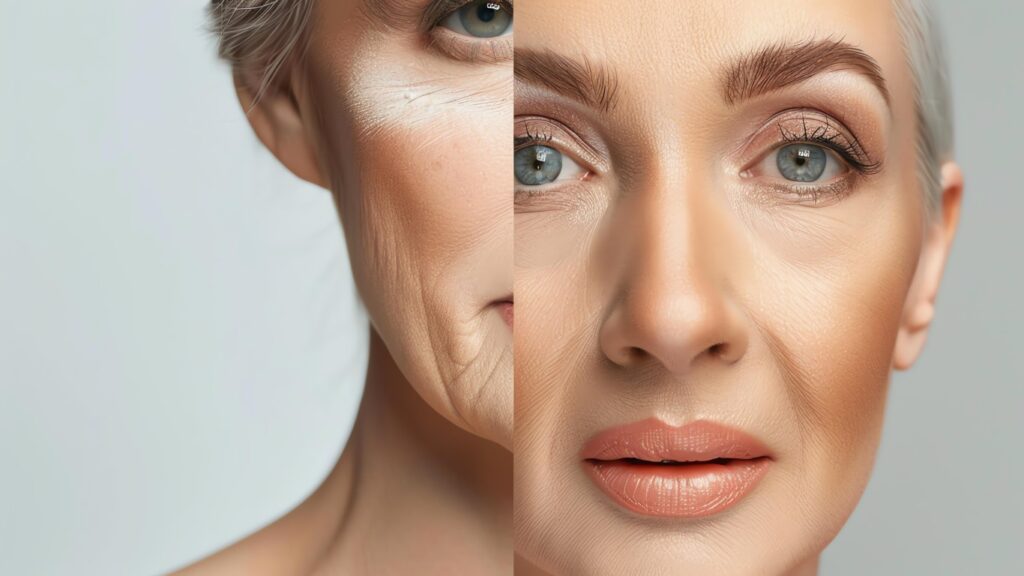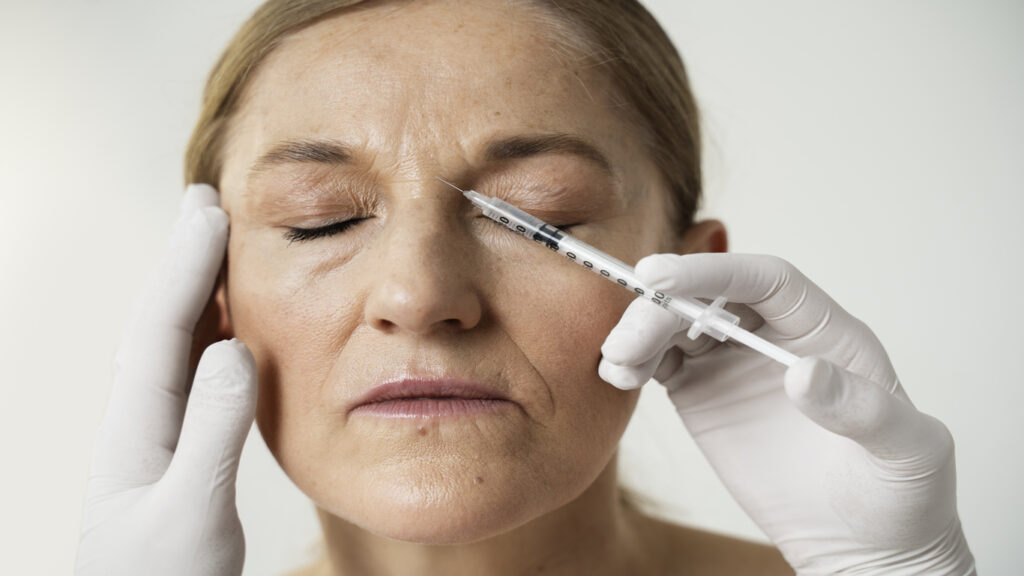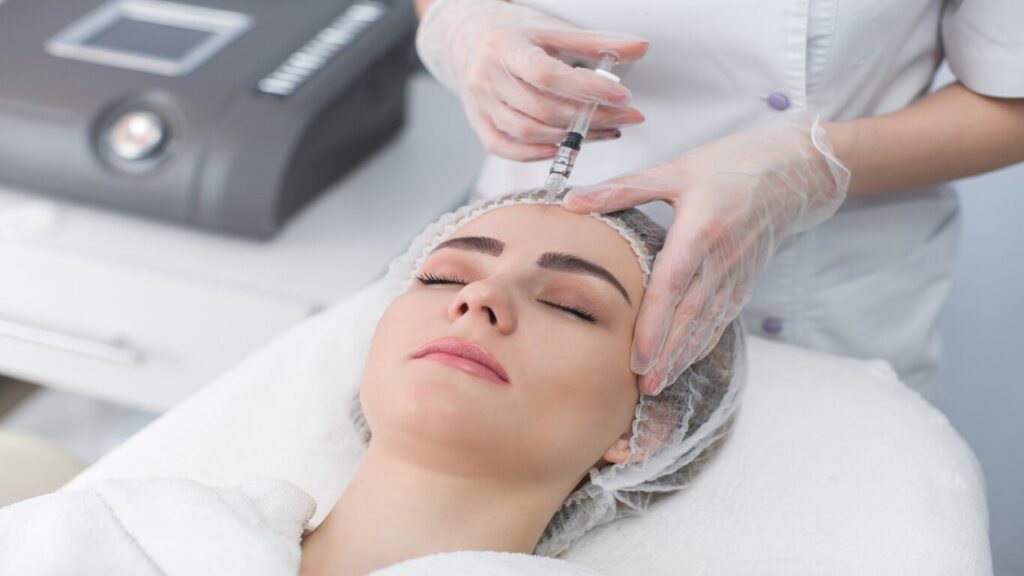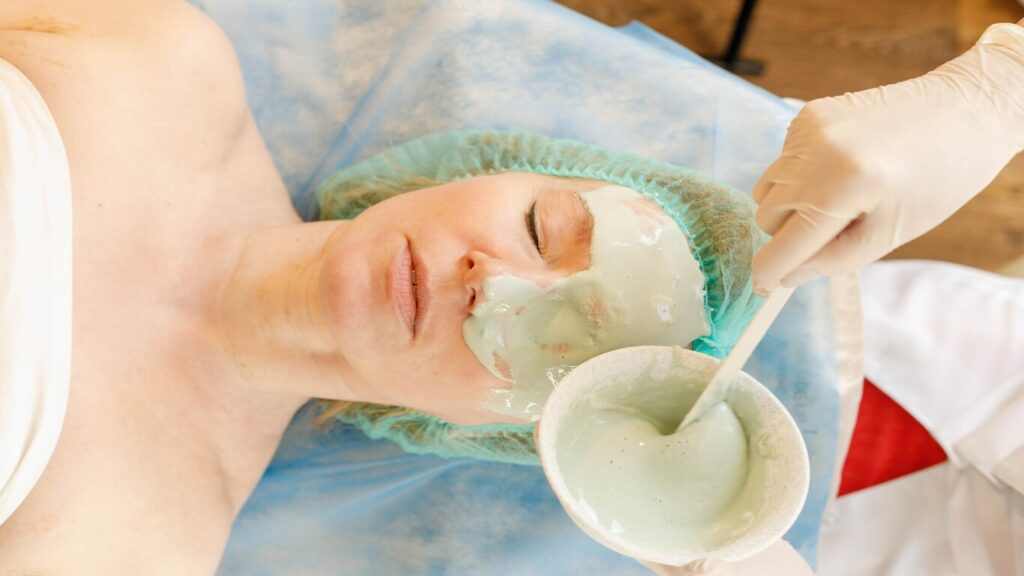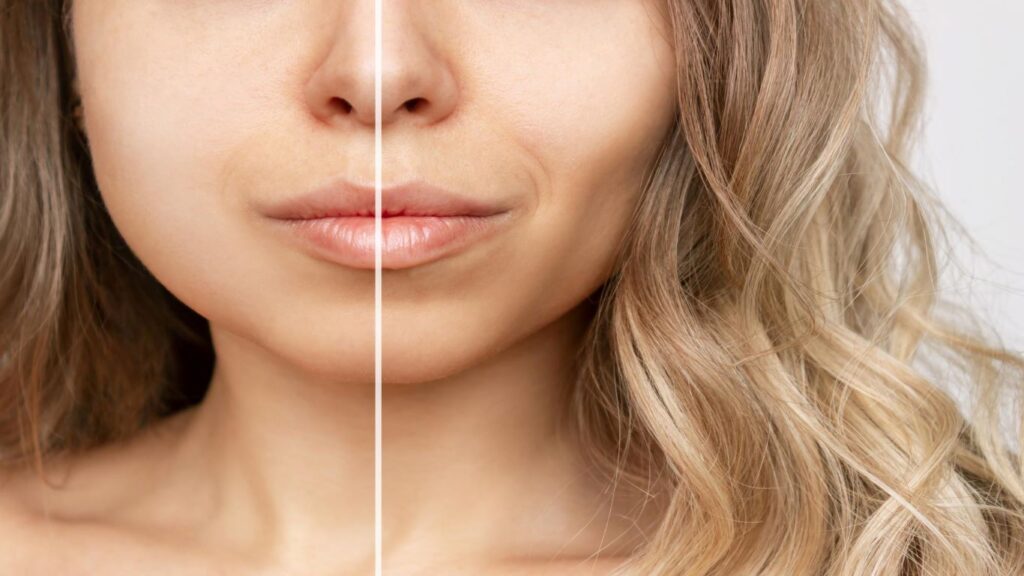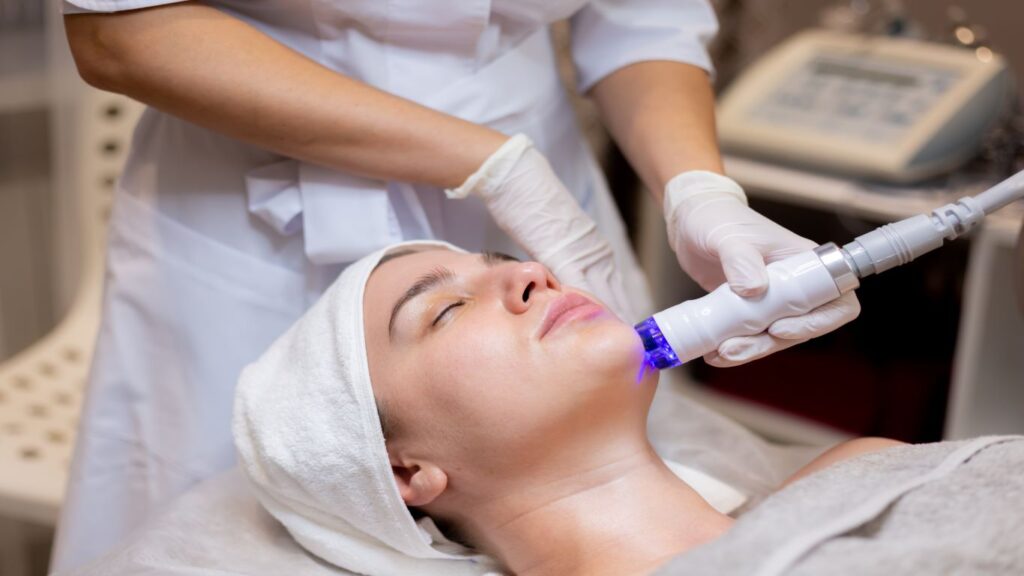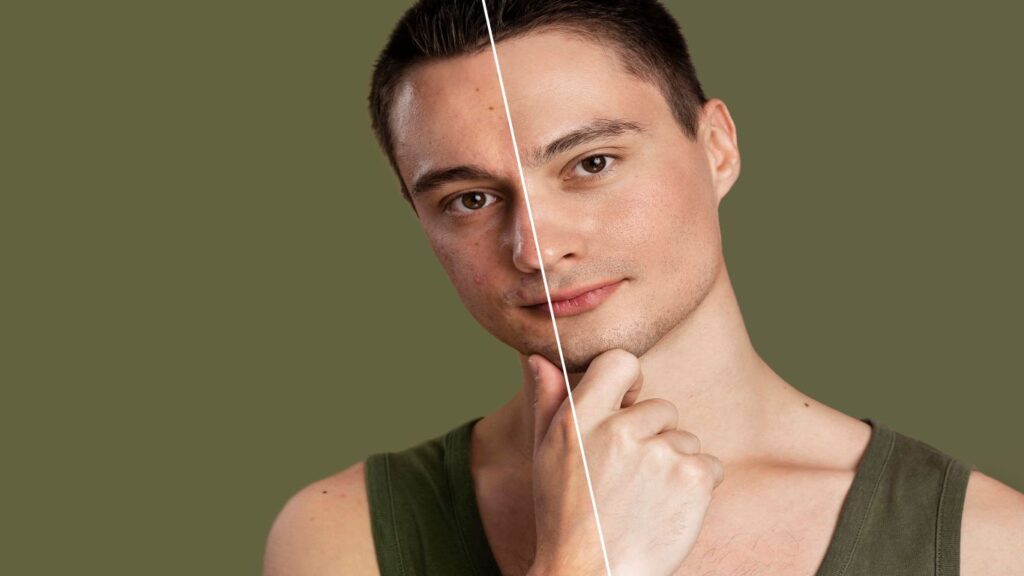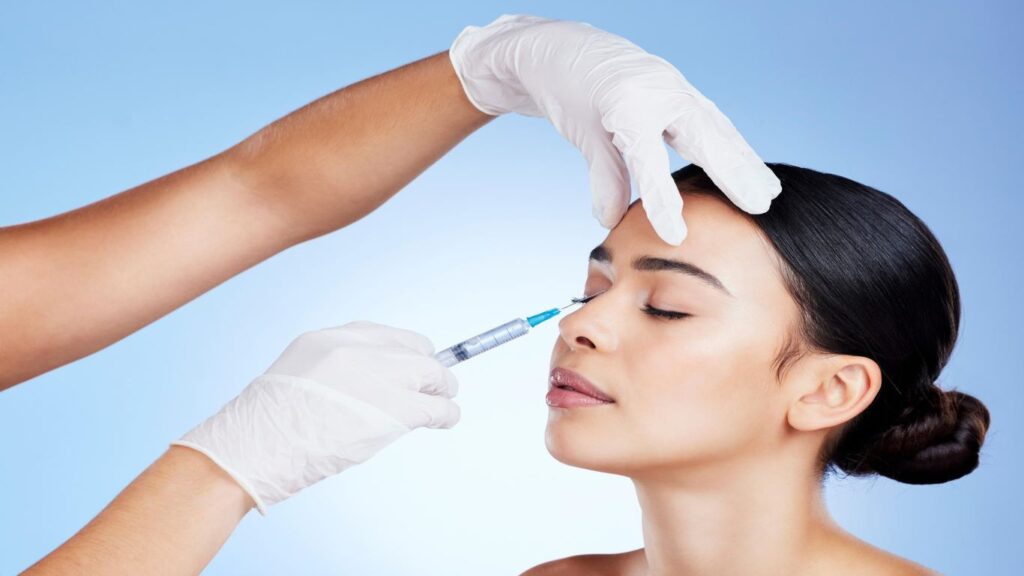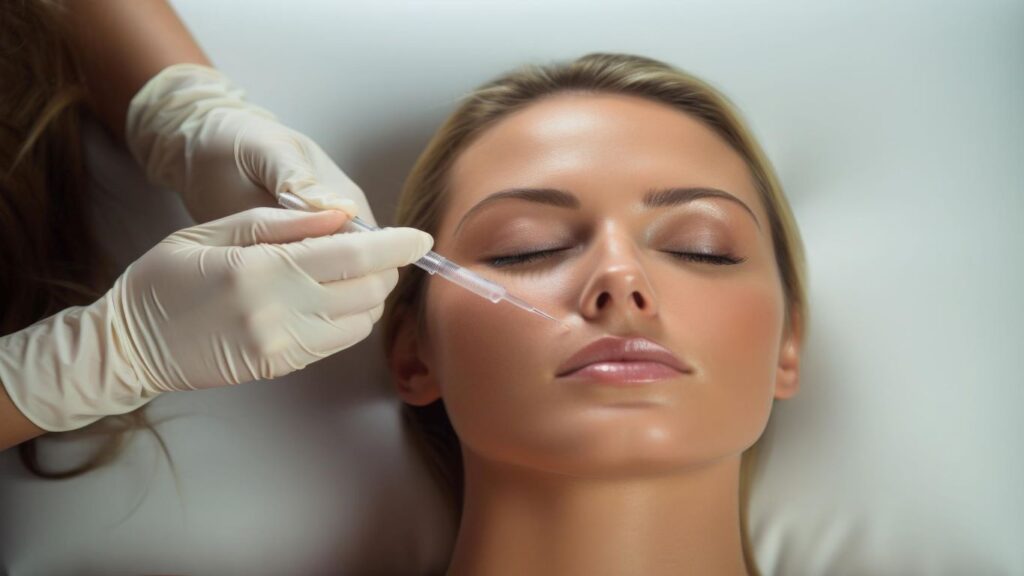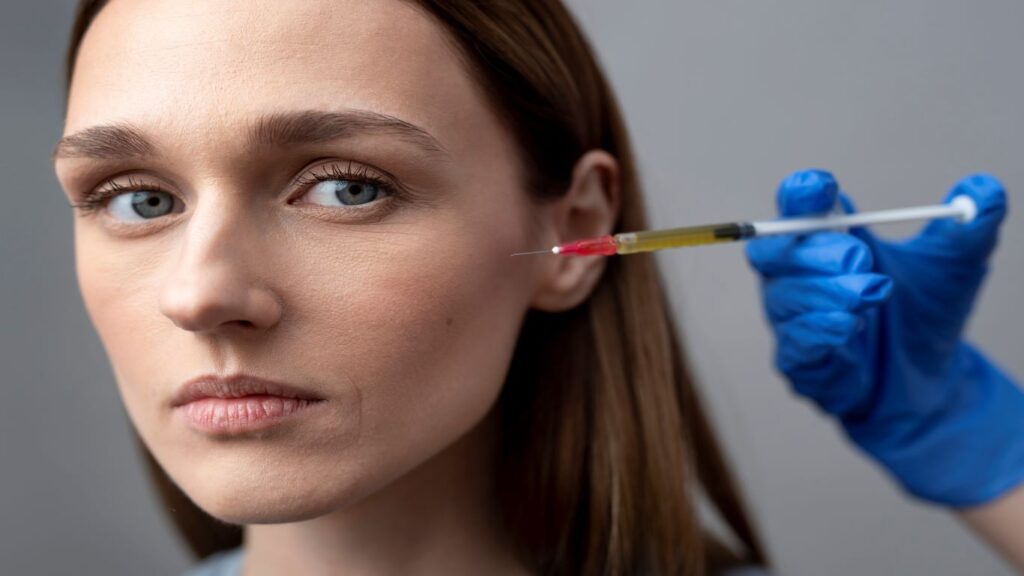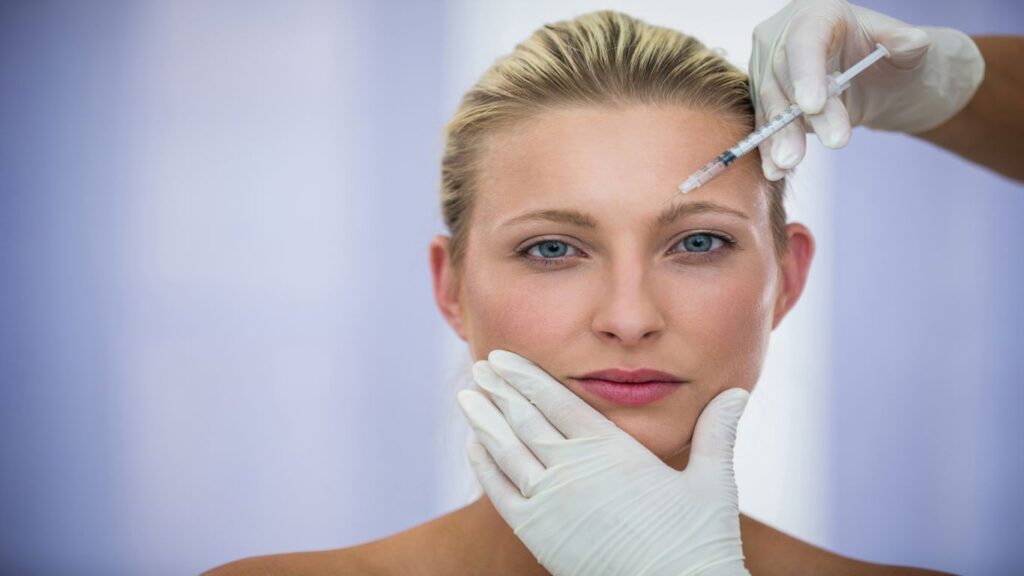If you want to renew your skin, consider Radiesse fillers to help you look younger. In this fast read, we’ll look at what distinguishes Radiesse from other dermal fillers and give you an idea of how much Radiesse filler costs.
Prepare to discover how this treatment can provide great value and restoration to the smooth, plump skin you once had.
What Is Radiesse Filler?
Radiesse is an injectable filler to firm wrinkled or folded skin, particularly on the face. Radiesse works by stimulating the collagen that naturally occurs beneath your skin. It works immediately, can last up to two years, and is a popular choice for dermal filling.
Radiesse treatments are most commonly used on the skin around the nose and lips. Some people select this surgery to fill in wrinkles on their hands. A little needle is used to deliver injections under the skin. Radiesse’s components are nontoxic, allergen-free, and compatible with your body’s natural tissues.
Radiesse treatments are most suited for persons aged 35 to 60 who have developed folds and wrinkles around their mouth and nose. Candidates looking to plump up the skin on their hands are also ideal. It is sometimes recommended for patients who have lost fat in their facial area owing to HIV infection.
Dermal filler ingredients | Radiesse Vs Juvederm
Juvéderm Ingredients
Juvéderm uses hyaluronic acid, a naturally occurring carbohydrate in your body’s tissues. Dermal fillers typically contain hyaluronic acid from bacteria or rooster combs. Some hyaluronic acid has been cross-linked (chemically changed) to increase longevity.
Juvéderm also contains a small dose of lidocaine to make the injection more comfortable. Lidocaine is an anesthetic.
Radiesse Ingredients
Radiesse comprises calcium hydroxylapatite, a mineral found in human teeth and bones. Calcium is suspended in a water-based, gel-like solution. After encouraging collagen development, the body gradually absorbs the calcium and gel.
What Are the Radiesse Side Effects?
People who reported side effects from Radiesse injections in the face most frequently reported:
- swelling
- itching
- pain
- bruising
- redness
People who undergo Radiesse injections in their hands have experienced the following negative effects:
- itching
- pain
- Having difficulties moving normally
- Sensation loss
- redness
- swelling
- bruising
- itching
- Lumps and nodules
You should avoid the operation if you have a history of adverse reactions or are allergic to any of Radiesse’s chemicals. You should also avoid Radiesse if you have an allergy to lidocaine or comparable drugs.
Radiesse should not be used by those with bleeding disorders, pregnant women, or those who are breastfeeding. People with a history of herpes may experience an outbreak following the surgery.
Never have Radiesse injections if you have an active skin infection. All injectable techniques increase the risk of infection. Furthermore, having injections increases the danger of mistakenly obtaining Radiesse in a blood vessel rather than connective tissue. Possible consequences may be permanent and include:
- Scabs (temporary)
- scarring is permanent.
- stroke
- Paleness or a white tint to the affected skin.
- abnormal vision
- blindness
- Severe pain
In rare circumstances, nodules may develop beneath the skin, necessitating corticosteroid or surgical treatment. Any symptoms that appear to be unusual or that worsen over time must be reported to your doctor right away.
If you have an X-ray or CT scan after Radiesse therapy, make sure to notify your doctor. Radiesse microspheres are visible in these scans, so inform your doctor that you received the injection.
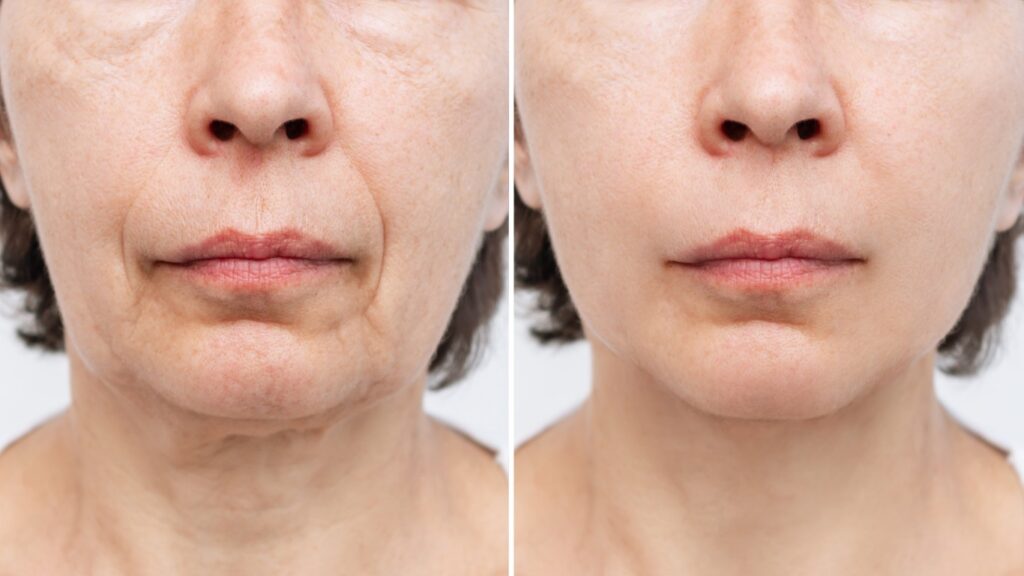
What Does Radiesse Treat?
Radiesse is commonly used to correct hollowness or deep wrinkles on the lower and midfaces. It can effectively address sunken cheeks, nasolabial folds, and marionette lines. Radiesse is a thicker dermal filler than many other choices on the market, making it ideal for treating substantial volume loss or drooping, crepey skin.
How Much Does Radiesse Filler Cost?
Dermal filler injections cost $650 to $800 for each syringe used in the surgery. The amount of Radiesse filler used varies based on the number of injections required. Your doctor will decide the number of injections required based on the areas of your face that need to be treated.
Another expense factor is the amount of medication required for each injection. Because of the many variables, estimating your Radiesse charges can be tricky until you have had your first consultation.
Radiesse is an elective cosmetic surgery. Your insurance may not cover the injections, so get your doctor’s exact estimates immediately. If the cost exceeds your budget, speak with your doctor about treatment finance options.
How Much Do Cheek Fillers Cost?
The cost of your cheek fillers will be determined by the type of dermal filler you and your practitioner choose, as well as the amount of material required.
Hyaluronic acid. According to the American Society of Plastic Surgeons, the average cost of one syringe of hyaluronic acid filler is $682.
Polylactic acid. Longer-lasting fillers, such as polylactic acid, are more expensive. They cost approximately $915 per syringe.
Fat grafting. Grafting fillers, the most permanent dermal fillers, are the most expensive. They cost around $2,100 per syringe.
Cheek fillers are a cosmetic procedure that you can choose to have. That means your health insurance will not cover the expense, even if you have no copay and have met your yearly deductible.
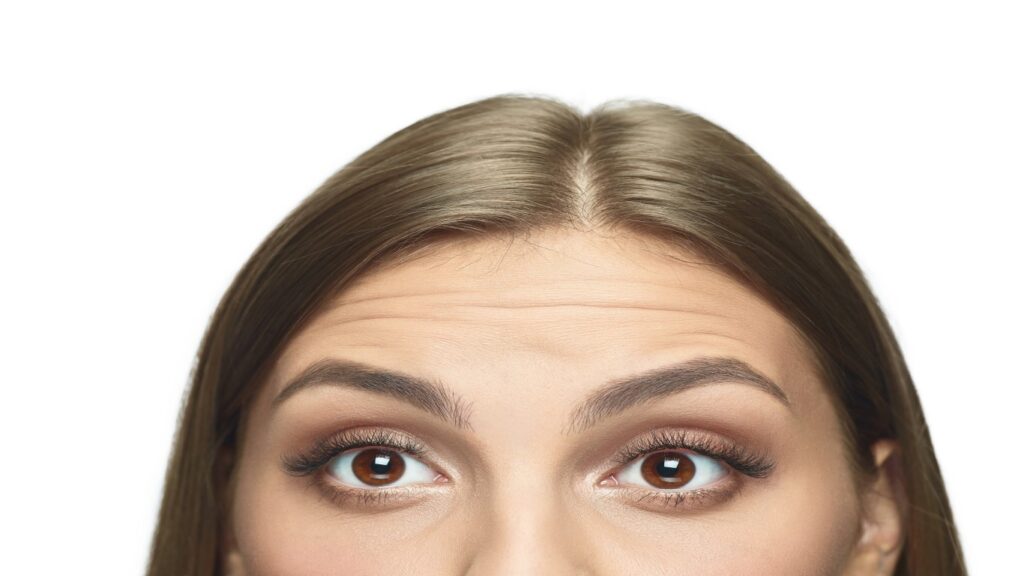
Why Choose Luxbeautyskin for Radiesse Treatment?
The competent and experienced specialists at Lux Beauty Skin combine technological expertise and exceptional precision with a tailored strategy that prioritizes the patient. Using new techniques and cutting-edge equipment, the Lux Beauty Skin team can lower the risk of problems during your Radiesse treatment.
FAQ | Radiesse Injection
What is the pain level with Radiesse treatment?
Following the operation, patients should expect soreness, tenderness, and swelling at the injection site. However, these symptoms are easily handled with over-the-counter pain relievers.
How long does Radiesse last?
Radiesse therapy typically wears off after 14-16 months.
What are the downsides of Radiesse?
Radiesse’s side effects include redness, soreness, itching, and bruising in the treatment area.
Can you dissolve Radiesse?
Radiesse is not hyaluronic acid-based; hence, it cannot dissolve after treatment. If you have any cosmetic problems following your treatment, contact the SpaMedica team to find a solution that will make you feel more confident.
Can Radiesse be used on lips?
Yes, Radiesse can be used for lip augmentation.
Is Radiesse safe?
While it is non-toxic and hypoallergenic, there are some dangers and negative effects, just like any other medical treatment. These may include swelling, discomfort, itching, redness, bruising, and infection at the injection site.
In rare situations, an injection may be unintentionally put in a blood vessel, resulting in severe (and possibly permanent) negative effects3. Other rare concerns include the development of nodules on the backs of the hands, which may necessitate steroid or surgical surgery.



